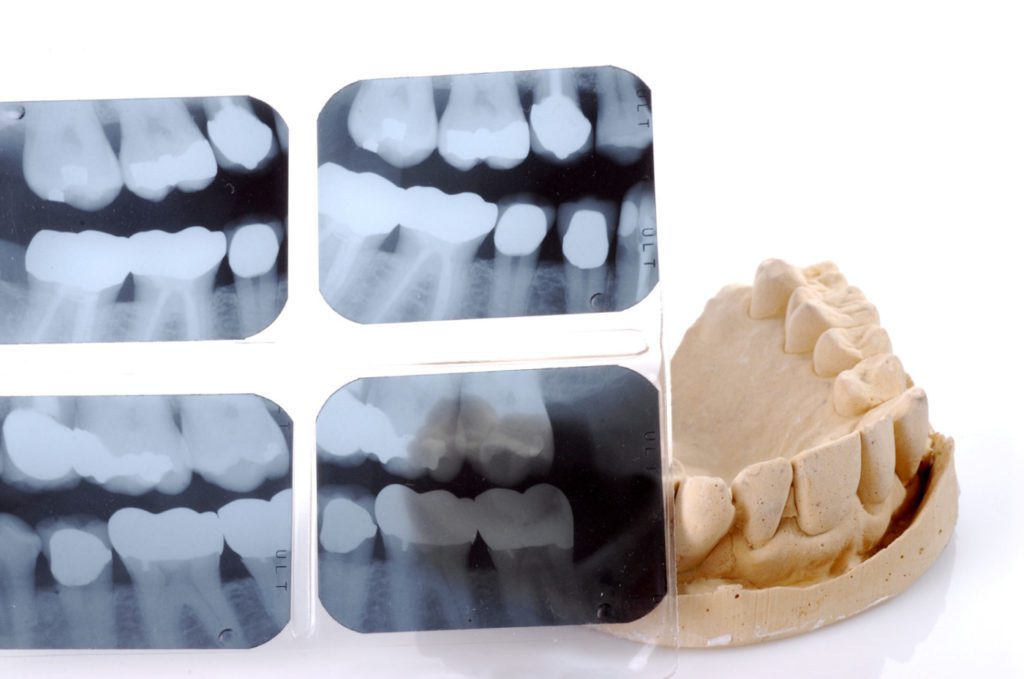It’s amazing the effect misalignment of your jaw and teeth can have on the rest of your body. From headaches to neck pain to ringing ears, when something is off with your alignment, it can lead to a whole host of issues. If you know where the problem originates, it can make it easier to treat and help you find relief more quickly. One of the most common causes of misalignment and any resulting difficulties with the facial muscles is a temporomandibular joint disorder, or TMD. This term refers to the jaw pain and dysfunction that can occur when there is something wrong with the structure of the temporomandibular joint itself, a problem with the muscles that support it, or both. The muscles and joints of the jaws are very complex and full of nerve endings, so when something is amiss, it can cause a multitude of symptoms that range from mild to severe.
If you’ve ever experienced any symptoms that could be related to TMD, you may be wondering what TMD even is, what treatment is available to help correct it, and why an orthodontic practice like Shaw Orthodontics is writing a blog about it. Keep reading because we answer all those questions and more below!
Is TMJ the same thing as TMD?
Chances are good you’ve heard of TMJ, but not TMD. The two are used interchangeably all the time, but this is incorrect. The TMJ is a joint, not a disease, illness, or set of symptoms. It’s actually an abbreviation for the temporomandibular joint, the hinged points that connect the jaw bones to the head. Located directly in front of the ears, this joint gives us the ability to do things like speak and chew our food properly. It boasts impressive mobility, and is able to rotate, glide, and act as a powerful hinge simultaneously. It’s also surrounded by a number of complex protectors like tendons, muscles, and joint pads that tend to work well together most of the time. If they get thrown off course, however, it can lead to problems like popping, inflammation, and even pain. This frustrating set of conditions can be painful, and is especially aggravating because the TMJ is one of the joints we use most often.
Possible symptoms of TMD
TMD can affect different people in vastly different ways. While some will experience only mild symptoms that pop up periodically, others may have serious symptoms that plague them for years. Some of the most common symptoms associated with TMD are:
- pain and/or tenderness in the face, jaw, neck, and shoulders
- pain in or around the ear when chewing and speaking
- pain and/or difficulty in opening the mouth wide
- jaws that get stuck or locked when the mouth is open or closed
- popping or grating sounds in the jaw joint when the mouth is open or closed
- popping, grating, or other sounds in the jaw when chewing
- a “tired” feeling in the face
- difficulty chewing
- feeling as though the upper and lower teeth don’t fit together properly
- swelling on the side of the face
- ringing or stuffy ears
Because its symptoms can be similar to several other common dental issues, such as tooth decay and gum disease, TMD can be tricky to diagnose sometimes. It can even mimic medical conditions like arthritis! In order to receive a proper diagnosis and the most appropriate treatment to go with it, you should schedule a thorough examination with an experienced dental and orthodontic professional like Dr. Shaw.

What causes TMD to develop?
TMD symptoms tend to arise from a problem, or multiple problems, with the muscles of your jaw, or with parts of the TMJ itself. Some of the most common causes of TMD developing are:
- putting extra pressure on the joint by grinding or clenching the teeth
- movement of the soft cushion or disc between the ball and socket of the joint
- arthritis in the TMJ
- stress, which can tighten the facial and jaw muscles
Leaving misaligned teeth or jaws untreated may also put unnecessary stress on the sensitive components that connect the TMJ. This has the potential to cause several different symptoms, including chronic shooting pain throughout the face, neck, shoulders, back, and arms.
How is TMD diagnosed?
At Shaw Orthodontics, we use state-of-the-art technology and cutting-edge orthodontic techniques to pinpoint the source of a patient’s TMD. To ensure an accurate diagnosis of TMD, Dr. Shaw will measure different aspects of the teeth and jaw. He will then determine the jaw’s proper resting position, and map out the movement of the jaw during speaking and eating. Once the source of the problem has been found and a proper diagnosis given, our skilled staff will have the information they need in order to create a customized treatment plan addressing the particular needs of every patient.
Is there a treatment protocol for TMD?
Many people with TMD will only experience relatively mild symptoms that appear every now and then over the years. These often improve on their own within a few weeks or months. If a patient finds them bothersome, there are home remedies that can help ease or eliminate any discomfort, such as eating soft foods, applying ice or moist heat to the affected area, and avoiding big jaw movements like yawning wide and chewing gum.
Reversible, conservative treatment is preferable for TMD patients whenever possible. These are non-invasive, non-surgical, and won’t involve any of the tissues of the face, jaw, or joint. These treatments won’t produce any permanent changes in the structure or position of the jaw or teeth, either. An example of this kind of treatment would be splints or night guards. These plastic mouthpieces fit over the upper and lower teeth to keep them from touching, and wearing one of these can lessen the effects of clenching or grinding. They can also help correct the bite by putting teeth in a more desirable position.
Even for more persistent TMD symptoms, most patients can still avoid more aggressive types of treatment. In the most serious cases, missing teeth may need to be replaced, and crowns and bridges may be used to balance the biting surfaces of the teeth. For patients who require more complex bite correction to correct their TMD issues, orthodontic treatment such as braces or clear aligner therapy may be required.

Diagnosis and treatment of TMD with Shaw Orthodontics
Untreated, symptomatic TMD can sometimes lead to long-term issues with inflammation, swelling, and chronic pain. It can also contribute to more progressive dental problems, such as premature tooth wear and periodontal disease. If you have been experiencing TMD symptoms, we strongly recommend getting in touch with an experienced orthodontist like Dr. Shaw to schedule a thorough examination and consultation. When it comes to looking out for your oral health, we’re on the front line, so reach out today and take the first steps toward a better smile!

